Ben Briggs and I climbed this route at the end of October 2011. All superlatives apply to the Matterhorn, it is a truly incredible mountain. Climbing and skiing above Zermatt is inconvenient and expensive, as you have to park in Tasch and then get stung for parking, the train and then a lift ticket. We opted to approach the Hornli by taking a trail up to climber’s right of the ski area. This was a bit of a slog, and we wished we had paid for the lift halfway which eliminates much of the vertical gain of the hike up.
When viewed from Zermatt, the 1100m north face of the Matterhorn is incredibly impressive. The quality of the climbing is not that impressive, but this is not a route you do for high quality climbing. The crumbly, layered limestone is certainly not Chamonix granit and sometimes offers little in the way of protection. Which isn’t too bad, since the climbing is never that hard.
While the climbing is not too hard and its best to move together over most of the face, its mostly not super easy either. The cruxes consist of thin traverses on snappy, slabby rock between the ice gullies. The conditions we found the face in were certainly acceptable, but I don’t think you would want to go up there if it was much drier, considering the quality of the rock.
While we were approaching the Hornli, a roped team of 3 Italians fell off the lower easy ground, roped toegther. We saw the heli come in the pick up their bodies. A grim reminder of how badly it can go wrong when on easy ground, and it certainly wasn’t great for the pysche.
To get up to the start of the face you have to haul on an old rope up a short steep rock wall. This isn’t too bad, and seems preferable to trying to climb what was steep and thin ice to the right. The first 400m of the route is steady 50-60 degree ground but with limited gear. Shortly after there is some M4 and then the crux M5 gully (Scottish V, limited protection). The line then follows a series of gullies (mainly Scot IV) but the dry traverses require a steady head. The last 300-400m (Scot III-IV) isn’t that steep but seems to go on forever. Overall for the route, small gear seemed to be more useful than big gear, and we even smashed a couple pegs in.
There really aren’t any bivi spots, and most teams climb the face in a day. It took us 10 hours from schrund to summit. The descent down the Hornli is pretty straightforward but requires some attention. We got to the Salvay just as it was getting dark and crashed there for the night.
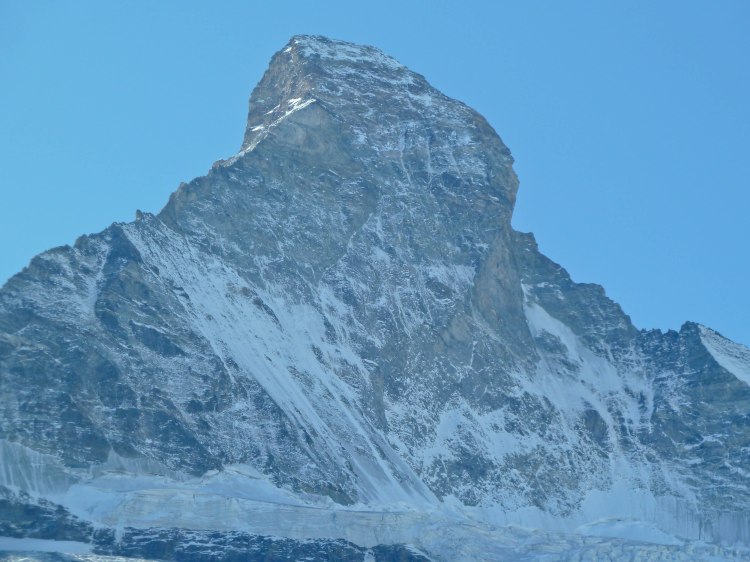



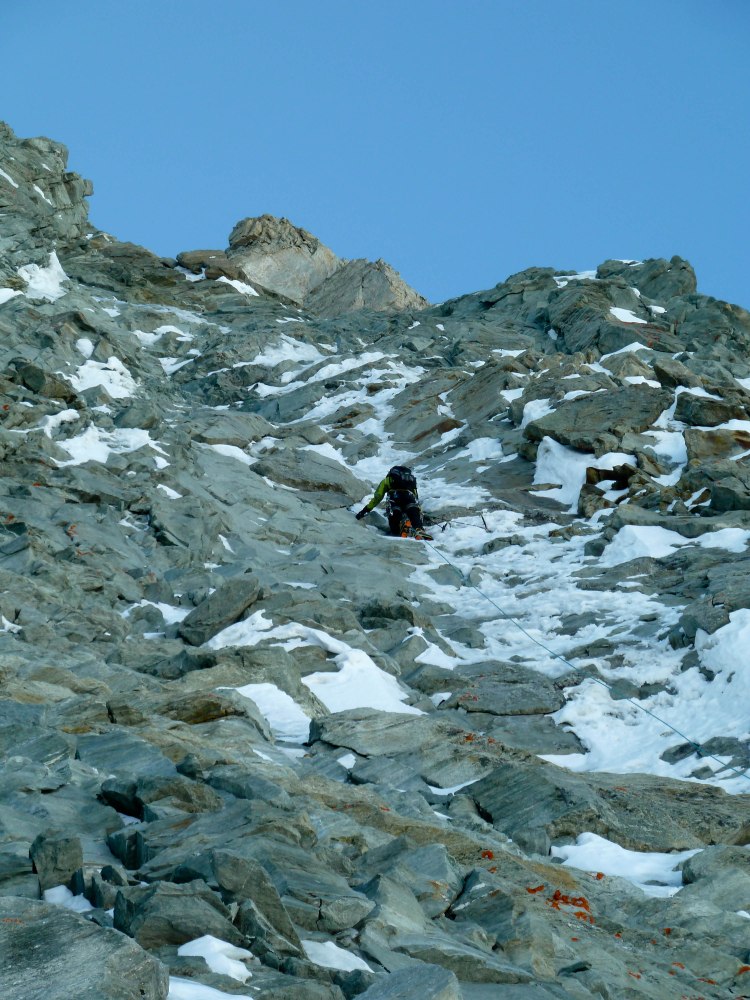 Typical of the goulotte climbing on the face.
Typical of the goulotte climbing on the face.
Ben on one of the cruxes (the M5 gully). Not that hard but not much gear.
 Below; traversing on loose rock (this was an easy section though).
Below; traversing on loose rock (this was an easy section though).
Obligatory summit shots.
Down the fixed lines on the Hornli, onto the Salvay hut.

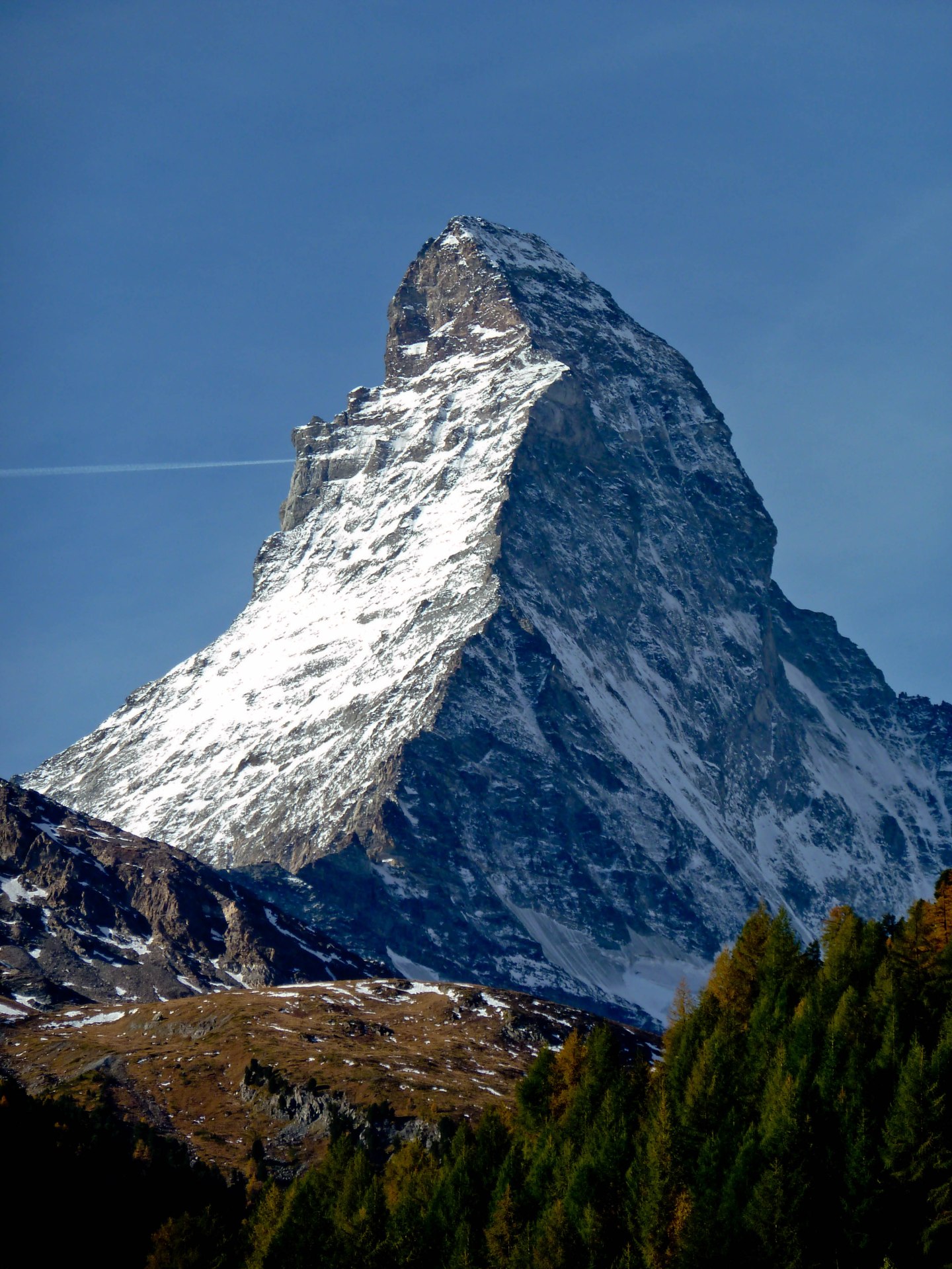

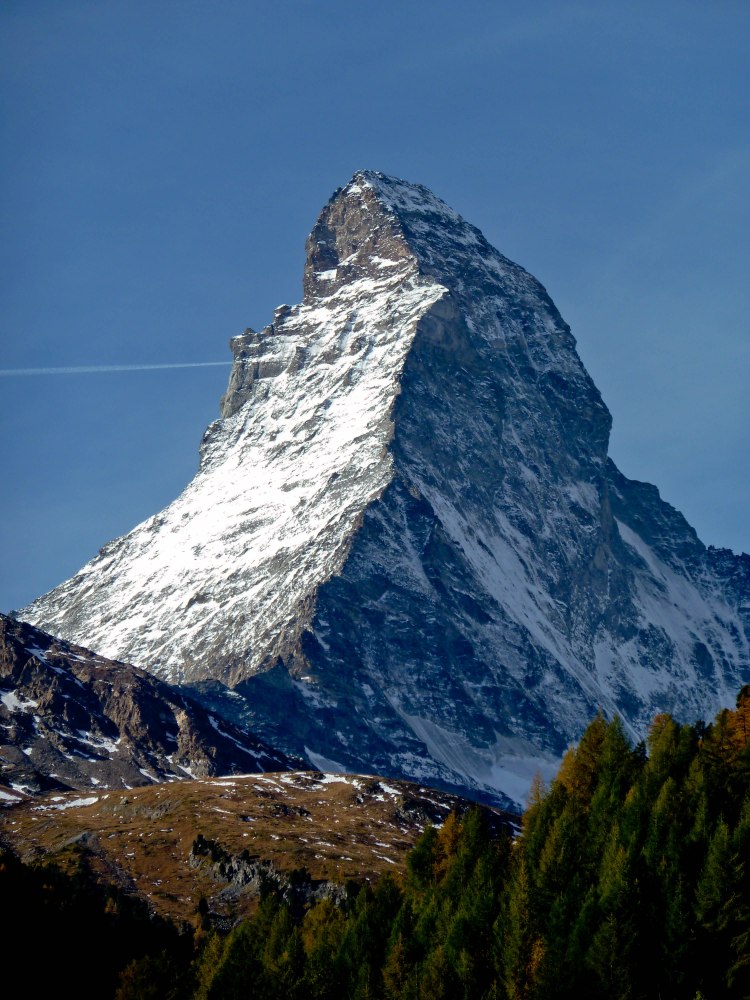



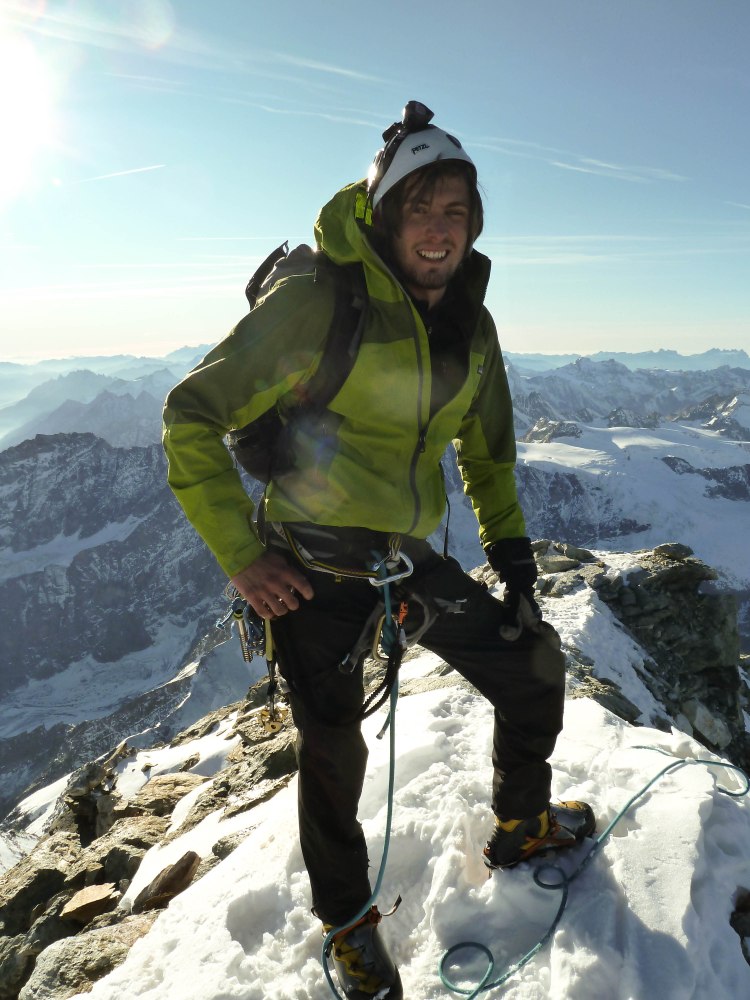


Saved as a favorite, I like yourr blog!